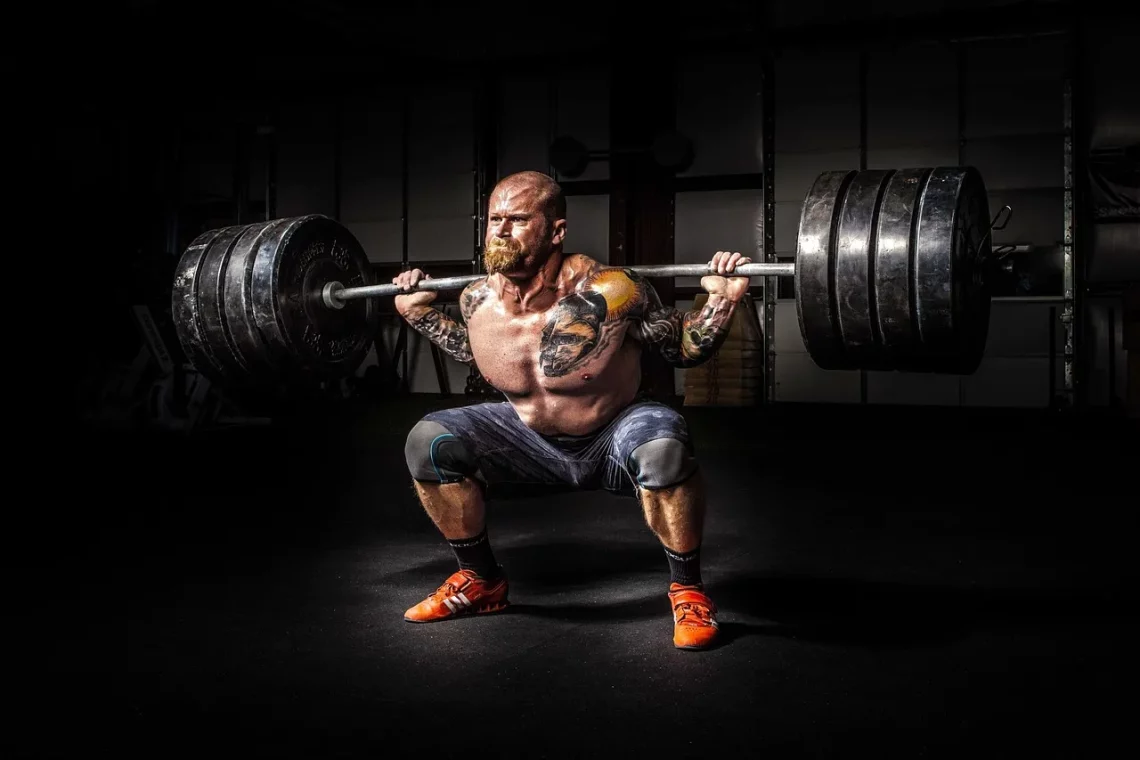
The Ultimate Guide to CrossFit Wrist Wraps for Enhanced Performance
CrossFit has emerged as one of the most popular fitness trends worldwide, attracting individuals seeking both strength and endurance. As athletes push their limits, they often face various physical challenges, particularly concerning their wrists. The repetitive movements and heavy lifting inherent in CrossFit can lead to discomfort or even injury if proper precautions aren’t taken. This is where wrist wraps come into play. Designed to provide support and stabilization, these accessories have become essential gear for CrossFit enthusiasts.
Wrist wraps are not just about protection; they also enhance performance, allowing athletes to focus on their lifts without the distraction of pain or instability. With a variety of materials, lengths, and styles available, choosing the right wrist wrap can significantly impact an athlete’s workout experience. Understanding the importance of wrist wraps goes beyond mere functionality; it encompasses knowledge about their benefits, how to choose the right one, and ways to incorporate them effectively into your training routine. By exploring these aspects, athletes can empower themselves to train smarter and safer, ultimately leading to improved performance and longevity in their CrossFit journey.
Understanding the Functionality of Wrist Wraps
Wrist wraps serve several key functions that cater specifically to the needs of CrossFit athletes. Primarily, they are designed to provide support during high-stress activities such as weightlifting, gymnastics, and other dynamic movements. The main purpose of a wrist wrap is to stabilize the wrist joint, reducing the risk of hyperextension or injury. This is crucial when performing exercises like snatches, cleans, and overhead presses, where wrist support is essential for maintaining proper form.
The construction of wrist wraps varies, but they are generally made from elastic materials that allow for both flexibility and compression. When wrapped around the wrist, they create a supportive barrier that helps to distribute pressure evenly across the joint. This feature is particularly beneficial during heavy lifts, as it reduces strain on the ligaments and tendons surrounding the wrist area.
Moreover, wrist wraps can enhance proprioception, the body’s ability to sense its position in space. By providing a tactile feedback mechanism, they help athletes become more aware of their wrist positioning during lifts. This awareness can lead to better technique and reduced chances of injury. Many athletes also appreciate the psychological boost that comes from wearing wrist wraps; knowing that they have additional support can enhance confidence during challenging lifts.
In addition to their functional benefits, wrist wraps can be a fashion statement within the CrossFit community. With various colors and designs available, athletes can express their personal style while benefiting from the practical advantages of these wraps. As such, they have become a staple in the gear bags of many serious CrossFit practitioners.
Choosing the Right Wrist Wraps for Your Needs
Selecting the appropriate wrist wraps is crucial for maximizing their benefits. Factors such as material, length, and closure type should all be considered when making a choice. The two primary materials used in wrist wraps are cotton and elastic. Cotton wraps are generally more breathable and comfortable for lighter workouts, while elastic wraps provide greater support for heavy lifting sessions.
Length is another important consideration. Wrist wraps typically range from 12 to 24 inches, with longer wraps offering more support but potentially sacrificing mobility. Athletes should choose a length that balances support and flexibility based on their training style. For example, those focused primarily on weightlifting might opt for longer wraps, while those engaged in more dynamic movements may prefer shorter options.
The closure type of wrist wraps also varies, with options such as Velcro or traditional hook-and-loop systems. Velcro wraps are easy to adjust and secure, making them a popular choice for many athletes. However, some may prefer wraps with a more traditional closure for a snugger fit. It’s essential to try on different styles to determine which closure provides the best combination of comfort and security.
Personal preference plays a significant role in selecting wrist wraps, and athletes may find that different wraps work better for different activities. It’s advisable to experiment with various wraps during training sessions to identify which ones feel the most comfortable and effective. Additionally, seeking recommendations from fellow athletes or coaches can provide valuable insights into the best options available.
How to Properly Use Wrist Wraps in Training
Using wrist wraps effectively requires understanding when and how to wear them during training sessions. It’s essential to apply wrist wraps correctly to maximize their benefits while minimizing the risk of injury. The first step in using wrist wraps is to ensure that they are snug but not overly tight. A secure fit will provide the necessary support without restricting circulation, which can lead to discomfort and numbness.
Before engaging in a lifting session, athletes should take the time to wrap their wrists properly. Begin by positioning the wrap around the wrist, ensuring that it covers the base of the palm and extends up the forearm. The wrap should be secured with tension, allowing for some flexibility while still providing adequate support. Following the manufacturer’s instructions for wrapping technique is crucial, as different brands may recommend unique methods for optimal use.
It’s important to note that wrist wraps should not be worn during every workout. Over-reliance on wrist support can lead to weakness in the stabilizing muscles. Athletes should incorporate wrist wraps primarily during heavy lifting or high-stress movements, allowing their wrists to strengthen naturally during lighter sessions or less demanding exercises.
Incorporating rest days and recovery practices is equally important when using wrist wraps. Overuse can lead to injuries, and allowing time for the wrists to recover will enhance overall performance. Stretching and mobility exercises targeting the wrists and forearms can also help maintain flexibility and strength.
Finally, athletes should monitor their wrist health and seek professional advice if they experience persistent pain or discomfort. While wrist wraps are beneficial tools, they are not a substitute for proper technique, strength training, and recovery protocols. Maintaining a balanced approach to training will ensure optimal performance and longevity in the sport.
The Impact of Wrist Wraps on Performance and Injury Prevention
The integration of wrist wraps into a CrossFit routine can have a profound impact on both performance and injury prevention. By providing support during high-demand exercises, wrist wraps allow athletes to push their limits safely. This additional support can lead to improved lifting capacity, as athletes may be able to lift heavier weights without fear of wrist-related injuries.
Wrist wraps also play a critical role in promoting better technique. When athletes feel secure in their wrist positioning, they can focus more on their overall form, leading to increased efficiency and effectiveness in their lifts. This heightened awareness can translate into better performance not just in weightlifting, but across all CrossFit disciplines, including gymnastics and metabolic conditioning.
In terms of injury prevention, wrist wraps can significantly reduce the risk of common wrist injuries, such as sprains and strains. By stabilizing the joint and controlling excessive movement, these wraps can help protect against overuse injuries that are often seen in high-intensity training environments. This is particularly important for athletes who train frequently or at high volumes, as the risk of injury increases with repetitive movements.
Moreover, the psychological benefits of wearing wrist wraps should not be underestimated. The confidence that comes from knowing your wrists are supported can lead to greater mental focus and determination during workouts. This mental boost can enhance overall performance, allowing athletes to achieve new personal records and improve their competitive edge.
In conclusion, wrist wraps are invaluable tools for CrossFit athletes seeking to enhance their performance while minimizing the risk of injury. Understanding how to choose, use, and incorporate them into a training regimen will empower athletes to train smarter and achieve their goals effectively.
**Disclaimer:** This article is not intended as medical advice. For any health-related concerns, please consult a healthcare professional.




